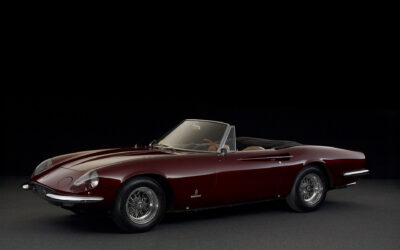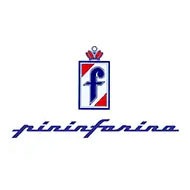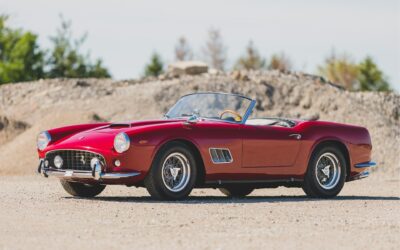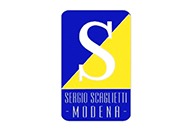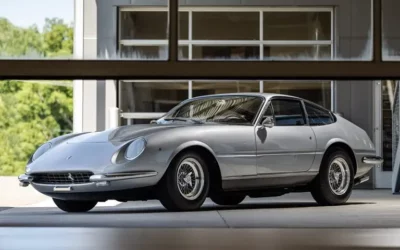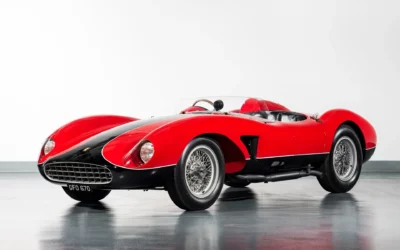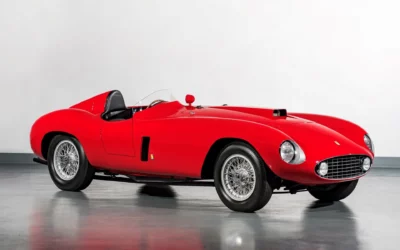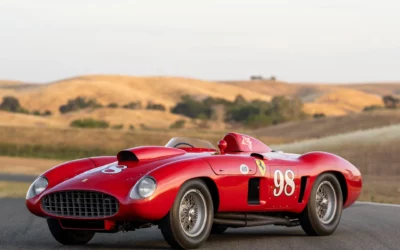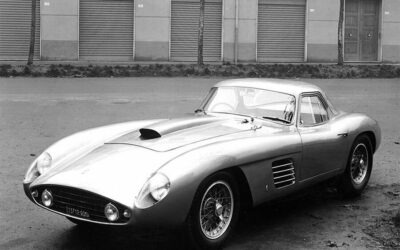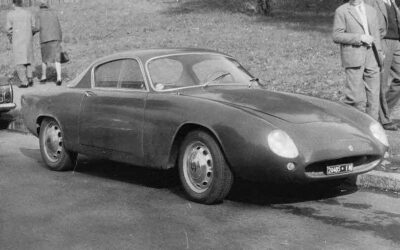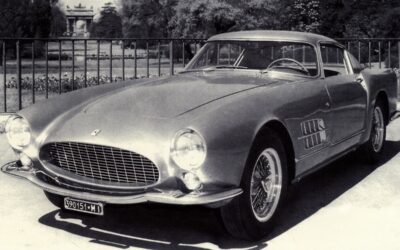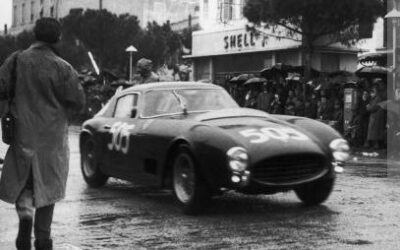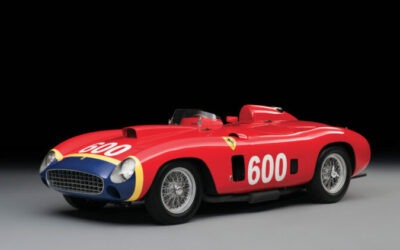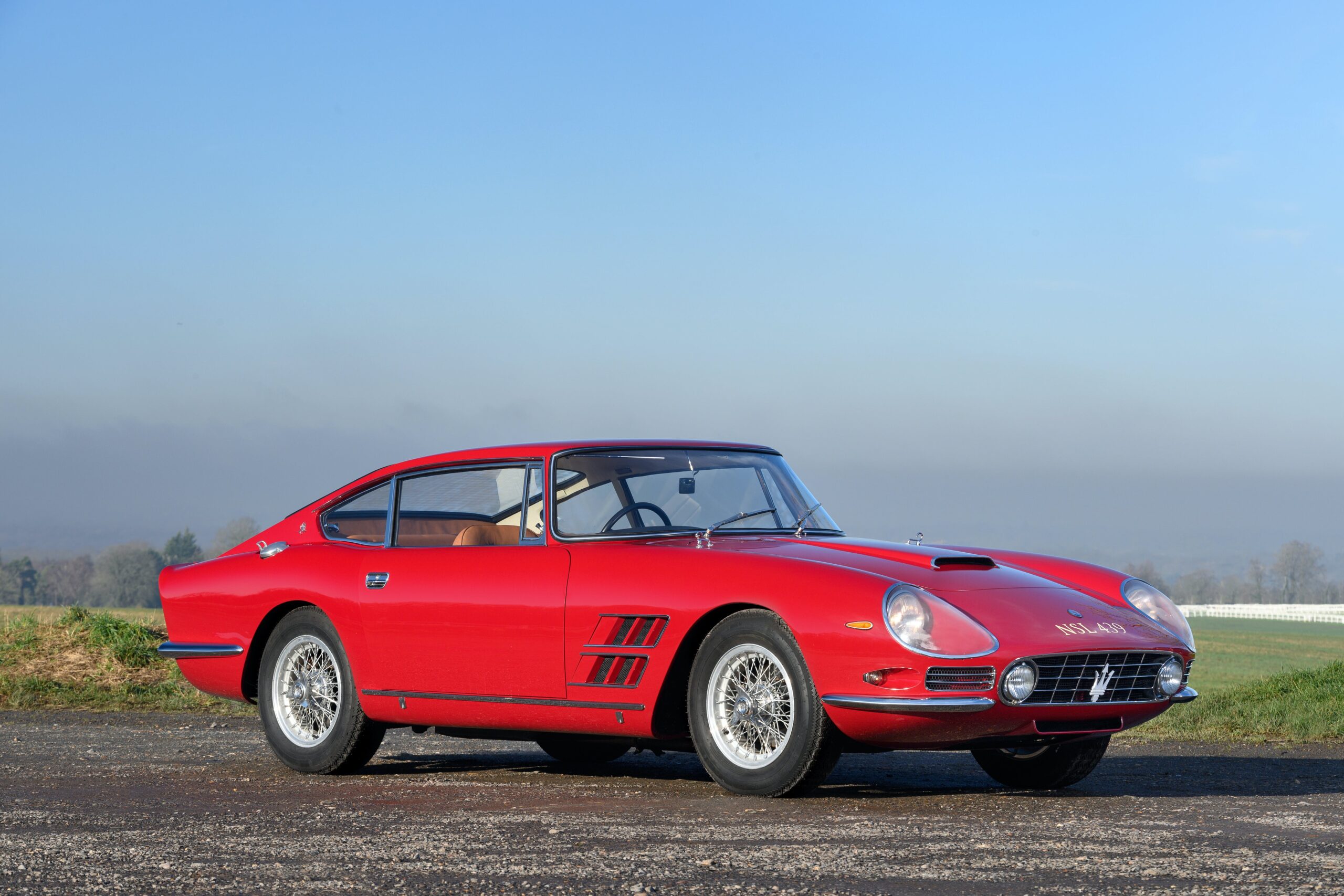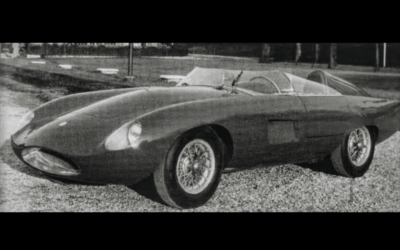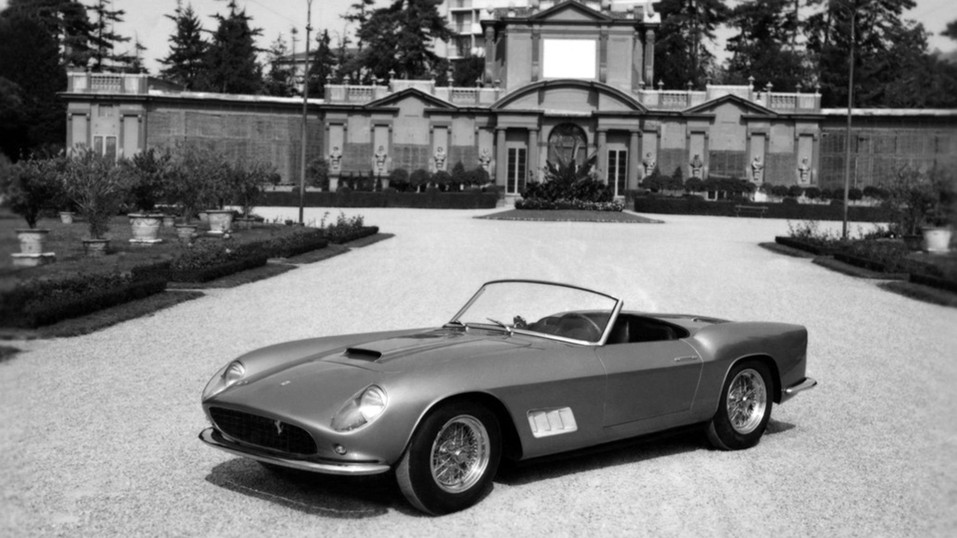
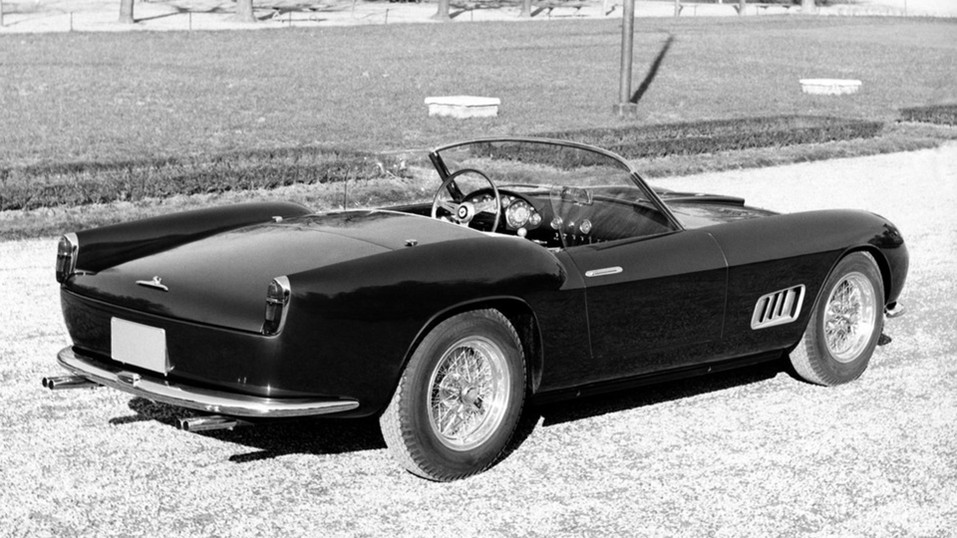



- 2023 Villa d'Este

- 2023 Villa d'Este
Ferrari 250 GT California
The Ferrari 250 GT California.
Vehicle Overview
The Ferrari 250 GT California was built from 1957 to 1963. It was manufactured in two series, a first one called “long wheelbase” also called LWB (Long Wheel Base) and made from 1958 to 1960 (with a prototype built in 1957), and a second one with “short wheelbase” also called SWB (Short Wheel Base), produced from 1960 to 1963, with the last example finished at the beginning of the latter year. The United States of America had become a market of great interest to Ferrari, mainly due to the reputation of established sports cars produced by the Maranello-based company, and the work of Luigi Chinetti, its importer. The idea of proposing a model designed for the U.S. market came from John Von Neumann, a West Coast trustee, who proposed to Chinetti a series of cars suitable for the American market. Chinetti made the idea his own and persuaded Enzo Ferrari. The intention thus followed through, with the production of 106 examples, nine of which were made entirely of aluminum. The word “spider” in the name that was originally given to the car is improper, in fact the model is more of a convertible with a folding roof. The 250 GT California originated from the berlinettas of those years, where it represented the open version. The name “spyder” was given to it to distinguish it from the other convertibles, which were in production at the same time as the model, but originated from the 250 GT Coupe road cars. The body was built by Scaglietti for both series. The Ferrari 250 GT California was built in sheet steel, except for the doors and hood, which were aluminum. Nine examples, however, were made entirely of aluminum, again produced by Scaglietti. The Ferrari 250 GT California was manufactured on the same production lines as the berlinettas, and shared suspension, brakes and steering with the latter. All manufactured speciments had left-hand drive. Disc brakes on the wheels were introduced on the last produced models of the first series, replacing drum brakes. The cars of the “short wheelbase” series were quite similar to the “long wheelbase,” except for the wheelbase of the chassis, which was 2400 mm long instead of 2600. Early specimens of the first series featured a 3-liter V12 engine, which was developed and improved over the years. The timing was single-shaft per bank of cylinders, with spark plugs included in the “V” of the powerplant. At first the ignition consisted of an ignition coil and single distributor, later changed to a dual coil and associated distributor. Instead, the transitional models between the two series had spark plugs outside the “V” of the engine, with a dual distributor system, and a fuel system with upgraded carburetors. The last cars of the second series retained the fuel system with the latter solution and spark plugs outside the “V” of the engine. The engine was front longitudinal with 60° V12 architecture. The bore and stroke were 73 and 58.8 mm respectively, and the displacement was 2953.21 cm³. The compression ratio was 8.5:1 in the first long-wheelbase series of 1957 and 9.2:1 in the second short-wheelbase series of 1960, with maximum power output of 240 hp in the long-wheelbase series and 280 hp in the short-wheelbase series at 7000 rpm. The timing system was single-shaft with two valves per cylinder. Fuel was supplied by three Weber brand carburetors model 36 DCL. Ignition could be single or dual, depending on the model, and with two distributors. Lubrication was wet sump, while the clutch was dual disc. The chassis was tubular steel. The front suspension was independent, with transverse wishbones and coil springs; the rear suspension was rigid axle with longitudinal leaf springs. Both mounted hydraulic shock absorbers. Drum brakes were initially installed, later to be replaced by disc brakes. The gearbox was a four-speed plus reverse, while the steering was worm and toothed sector. The Ferrari 250 GT California reached a top speed ranging from 225 to 250 km/h for the first series and 250 to 270 km/h for the second series depending on the final axle ratio that was fitted.

3D MODEL
Technical Specifications
-
Body
-
Year1957
-
MakeFerrari
-
Model250 GT Cabriolet
-
CoachbuilderScaglietti
-
Length (mm)N/A
-
Width (mm)N/A
-
Height (mm)N/A
-
Units builtN/A
-
Engine TypeV12
-
DesignerPininfarina
-
MakeN/A
-
ModelN/A
-
Cylinder CapacityN/A
-
Number Of DoorsN/A
-
Six Month RateN/A
-
Twelve Month RateN/A
-
Date Of First RegistrationN/A
-
Year Of ManufactureN/A
-
CO2 EmissionsN/A
-
Fuel TypeN/A
-
Tax StatusN/A
-
TransmissionN/A
-
ColourN/A
-
Type ApprovalN/A
-
Wheel PlanN/A
-
Revenue WeightN/A
-
Tax DetailsN/A
-
Mot DetailsN/A
-
TaxedN/A
-
motN/A
-
MakeN/A
-
Cylinder CapacityN/A
-
RegistrationN/A
-
Year Of ManufactureN/A
-
CO2 MissionsN/A
-
Fuel TypeN/A
-
Tax StatusN/A
-
ColourN/A
-
Type ApprovalN/A
-
Wheel PlanN/A
-
Revenue WeightN/A
Events
Related Persons
RELATED VEHICLES
More vehicles by Scaglietti

- 2010 Amelia Island

- 2022 Pebble Beach
- 2005 Pebble Beach
- Mileage n/a
Coachbuilder
Missing or wrong informations?
Carrozzieri-Italiani.com relies on thousend of users who help to populate the database. We do not guarantee the accuracy of the informations. Contact us if you want to contribute.

